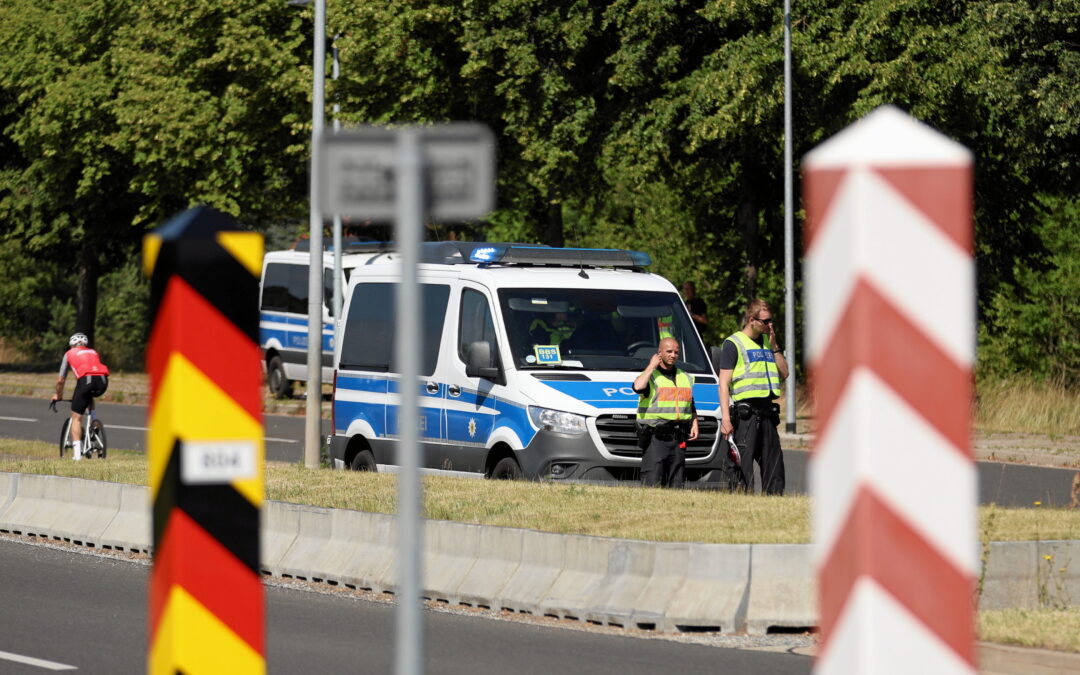Poland issued almost half a million work permits for immigrants from outside the EU in 2019, a 35% increase on the previous year, according to data from the labour ministry.
The figures mark the continuation of an unprecedented wave of migration to Poland. The country has been receiving more immigrants from outside the EU than any other member state in recent years, as employers look east to plug gaps in the labour market.
The largest numbers continue to come from Ukraine. Ukrainians received received 330,000 permits, which was 38% more than a year earlier and three-quarters of the total 445,000 permits given to foreign workers. Of those, the largest share (38%) came to work as craftsmen and industrial workers, followed by 4% filling office jobs and 3% employed in sales and services.
However there has also been an 11% rise in Asian* immigration to Poland since the previous year. Around 54,000 permits were issued to workers from 35 different Asian countries in 2019.
The largest numbers came from Nepal (9,200) and India (8,000), with over a quarter of Indians employed in specialist jobs. Among Asian newcomers, the largest increases were recorded from the Philippines (up 4,300 since 2018), and Uzbekistan (up 3,700). Among the 625 who came from Thailand, over half (57%) received permits for medical jobs.
There was also a significant increase in the number of Georgians (who received 7,400 permits, an increase of 174% on the previous year) and Turks (2,936 permits, up 198%).
Poland's government wants to make it 'easier' and more 'convenient' for immigrants to fill gaps in the labour market, says the deputy labour minister. It is already in talks with the Philippines about an agreement to facilitate migration https://t.co/EFYZEL5TMn
— Notes from Poland ?? (@notesfrompoland) July 13, 2018
Despite the rise of permits for Ukrainians, there are concerns that, as the Ukrainian economy improves and the war in the country’s east dies down, more of the 2 million Ukrainian workers who have boosted Poland’s economy since 2014 may turn back. Some may also move on elsewhere in the EU.
“Poland does not offer as high wages as Germany and the Czech Republic”, said Krzysztof Inglot, head of Personnel Services recruitment agency, alluding to Germany introducing looser immigration rules for qualified professionals as of 1 March 2020.
A potential shortage of Ukrainian workers “means that workers from Asian countries, despite larger cultural differences and geographic distance, will be brought over” to Poland, said Inglot.
Yet, the scale of immigration from Asia is unlikely to explode in a similar manner as that from Ukraine has. One reason is that visa denial rates are higher. Most Asian workers are excluded from the simplified procedure for seasonal workers from certain post-Soviet states, making hiring such workers more time-consuming and less predictable.
The consular system is also a bottleneck. While there are six consulates in Ukraine, which has a population of 40 million, there are only two servicing all of India, Nepal and Bangladesh, with a collective population of over 1.5 billion. In late 2018, Polish media reported a backlog of 25,000 work permit applications at the embassy in New Delhi.
Another reason is that for many employers Ukrainians remain a natural choice in terms of linguistic and cultural similarities. “It is much easier and more economical for Polish employers to attract and retain a Ukrainian in the country,” said Inglot. “Our eastern neighbours learn the language fast, and Polish culture is familiar for them, making it easier to adapt.”
Main image credits: Maria Wilczek
*Our analysis does not place Turkey, Georgia, Armenia and Azerbaijan in the Asian category.

Maria Wilczek is deputy editor of Notes from Poland. She is a regular writer for The Times, The Economist and Al Jazeera English, and has also featured in Foreign Policy, Politico Europe, The Spectator and Gazeta Wyborcza.




















